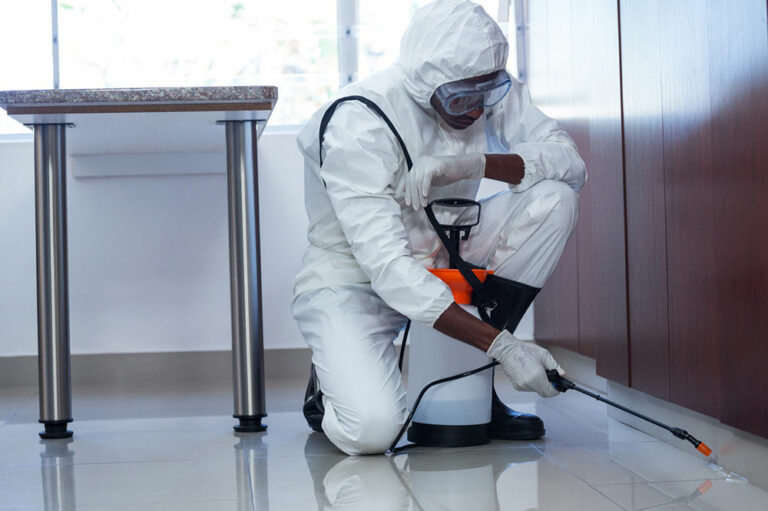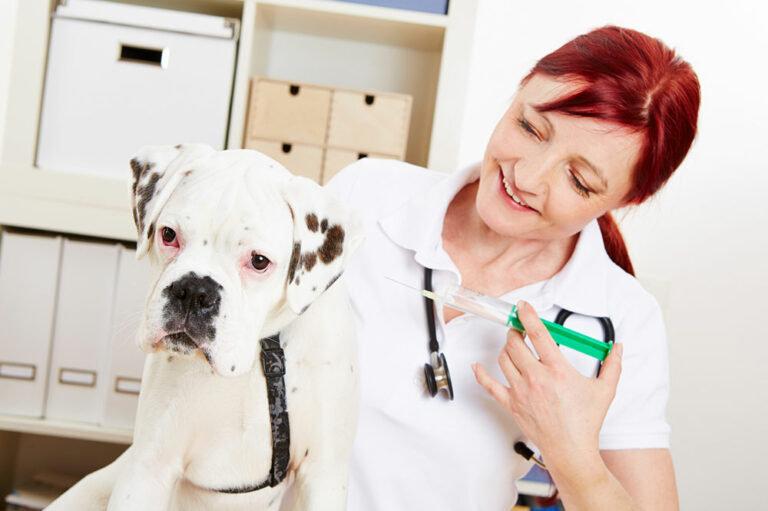
Wireless electrical fencing – How it works and mistakes to avoid
Wireless electric dog fences have been part of dog training and safety programs for years. It is important to use this technology carefully after proper research to avoid discomfort for your furry friend. For the same reason, it is always advised to seek a professional trainer’s help and guidance before using it. Continue reading to learn more about common mistakes to avoid with wireless dog fencing to prioritize your pet’s safety and well-being. Understanding the mechanism Various components work together to make the wireless fencing system function effectively. It includes the transmitter and the receiving collar. The transmitter is a unit that needs to be placed somewhere unobtrusive in the house. This can be a place like the utility area or even the closet if there is adequate space. For it to start working, the transmitter needs to be plugged in and switched on. Once done, it emits a signal to the dog’s receiver collar, launching the training. Safe zone There is a safe zone set up for the dog’s protection. It means that the wireless electric dog fence transmitter unit can be adjusted to create an invisible line at a distance for a circular area. This distance can be 15 feet to 90 feet, depending on individual needs.
Read More 






